
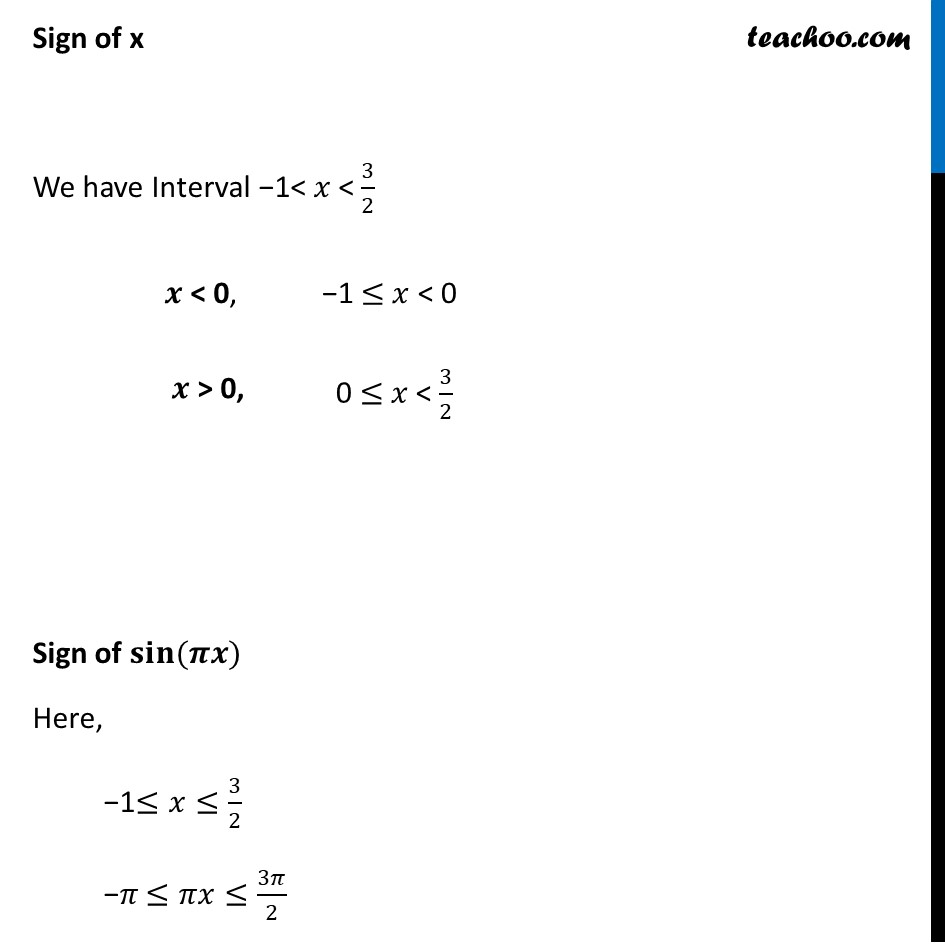
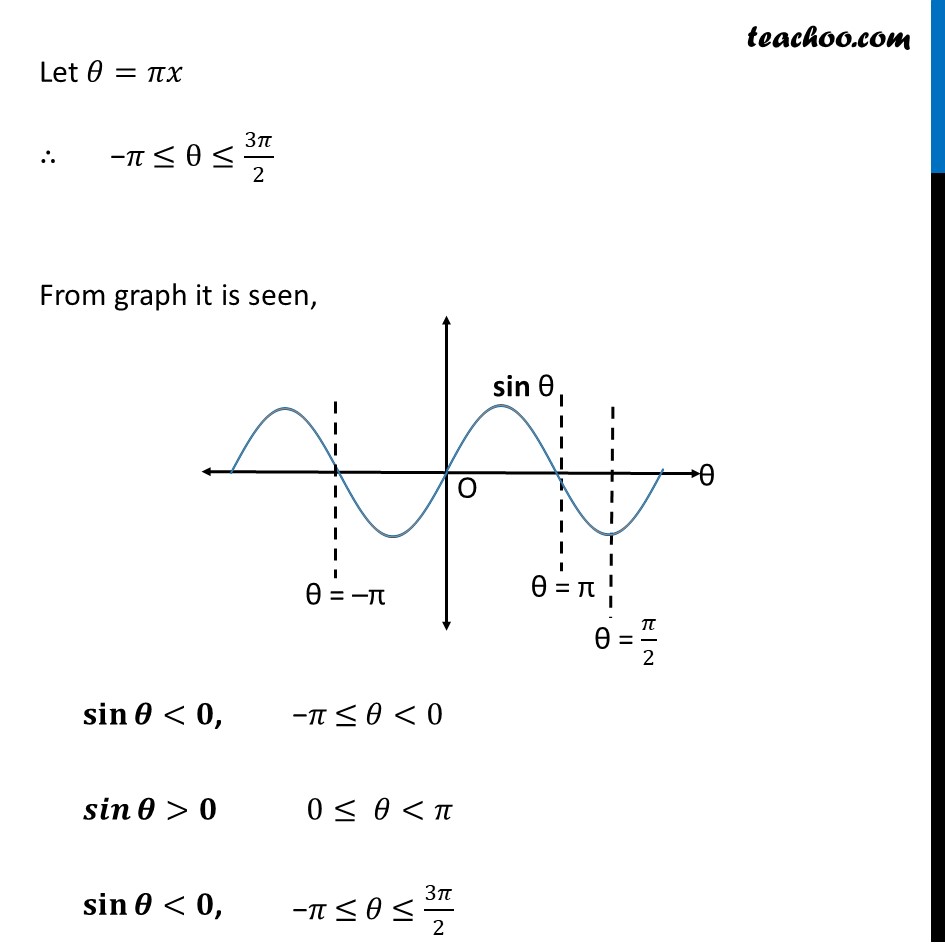
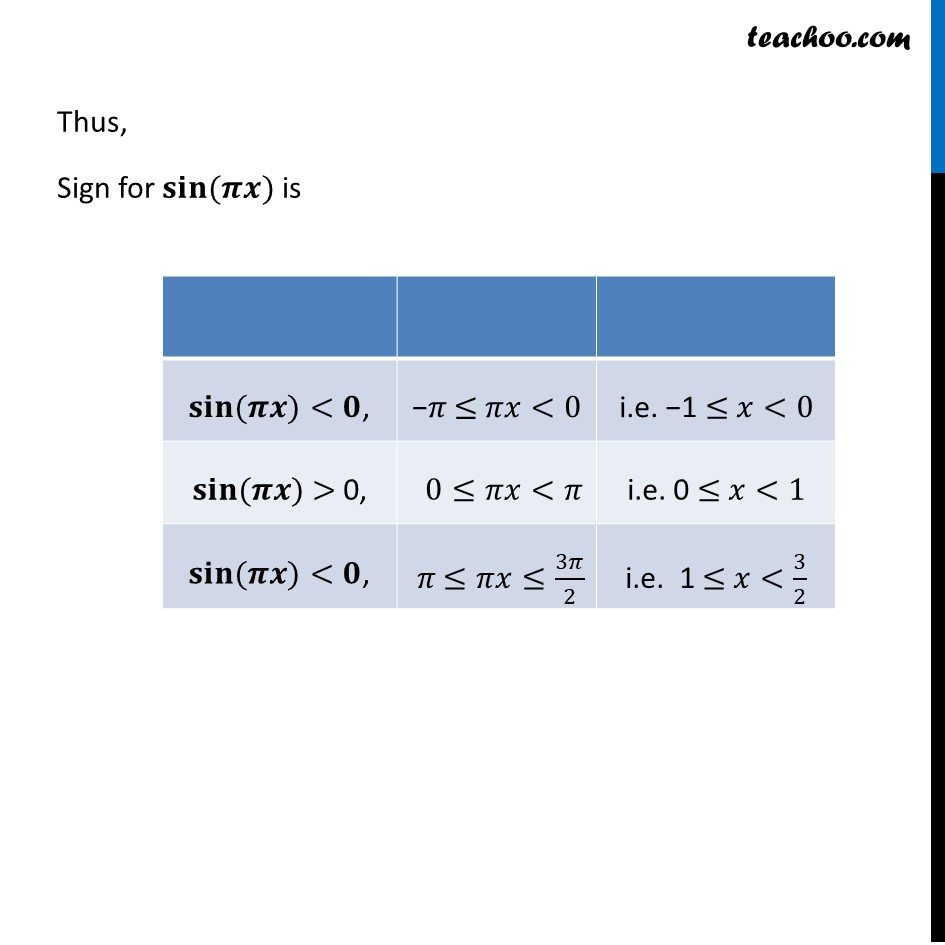
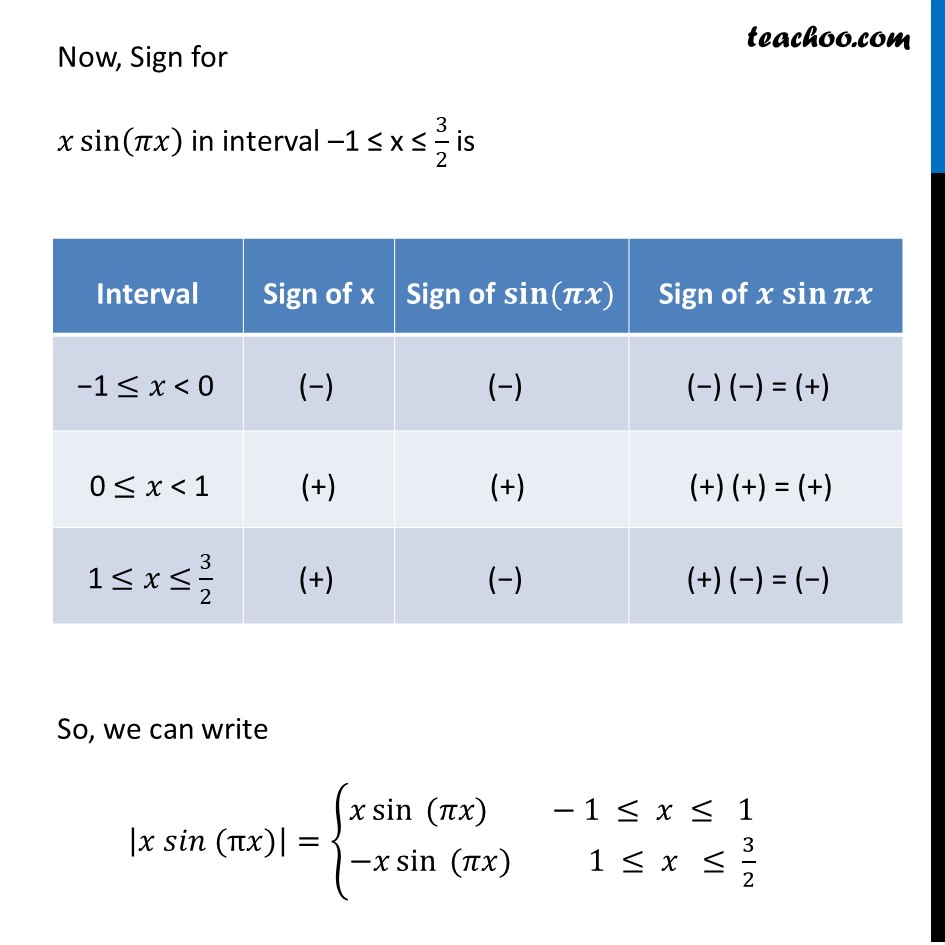
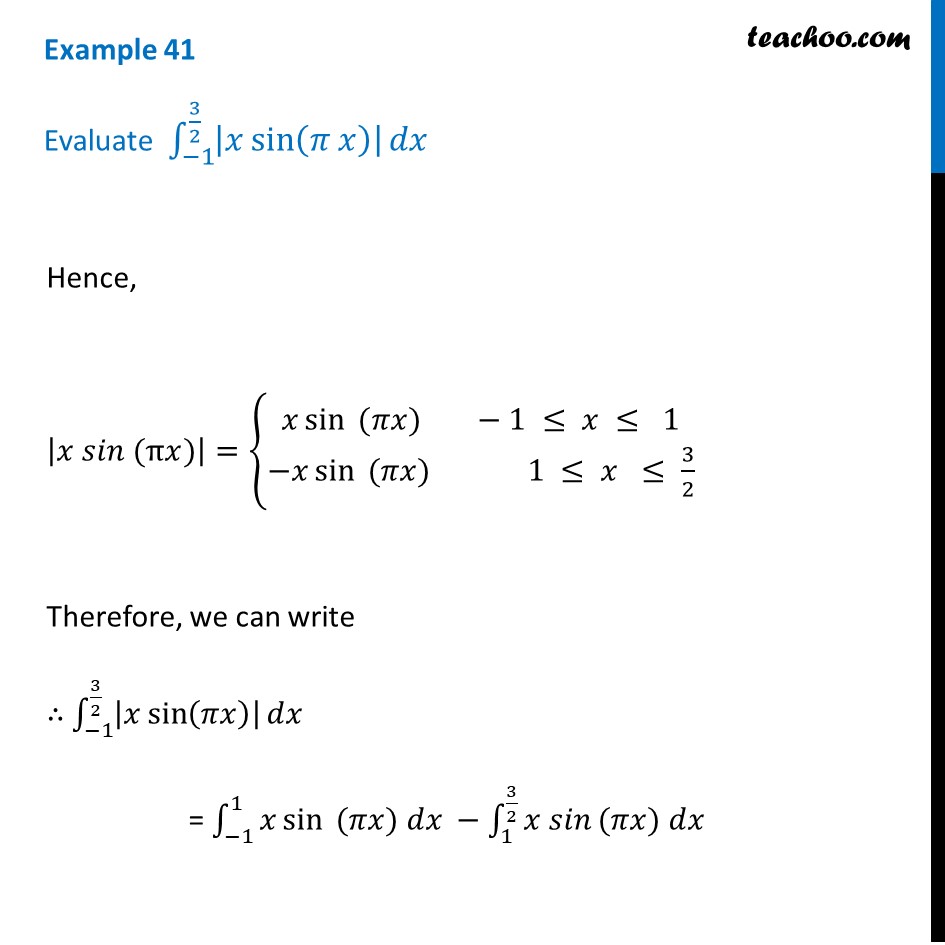

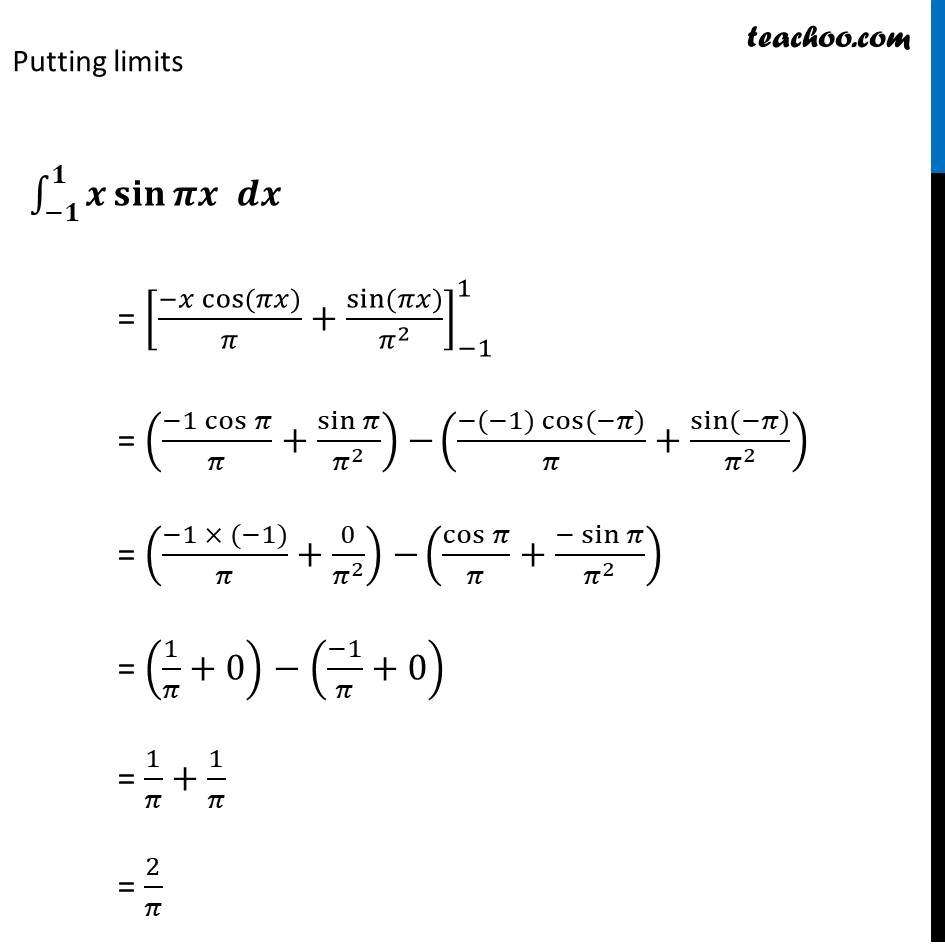
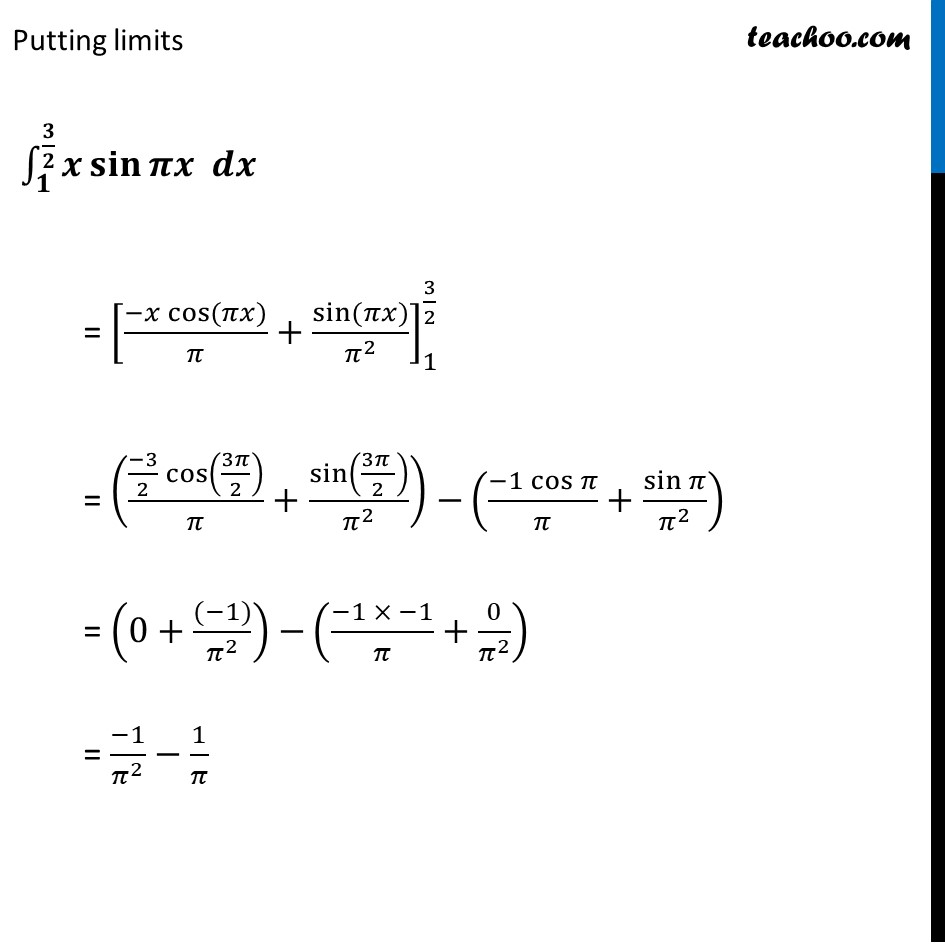
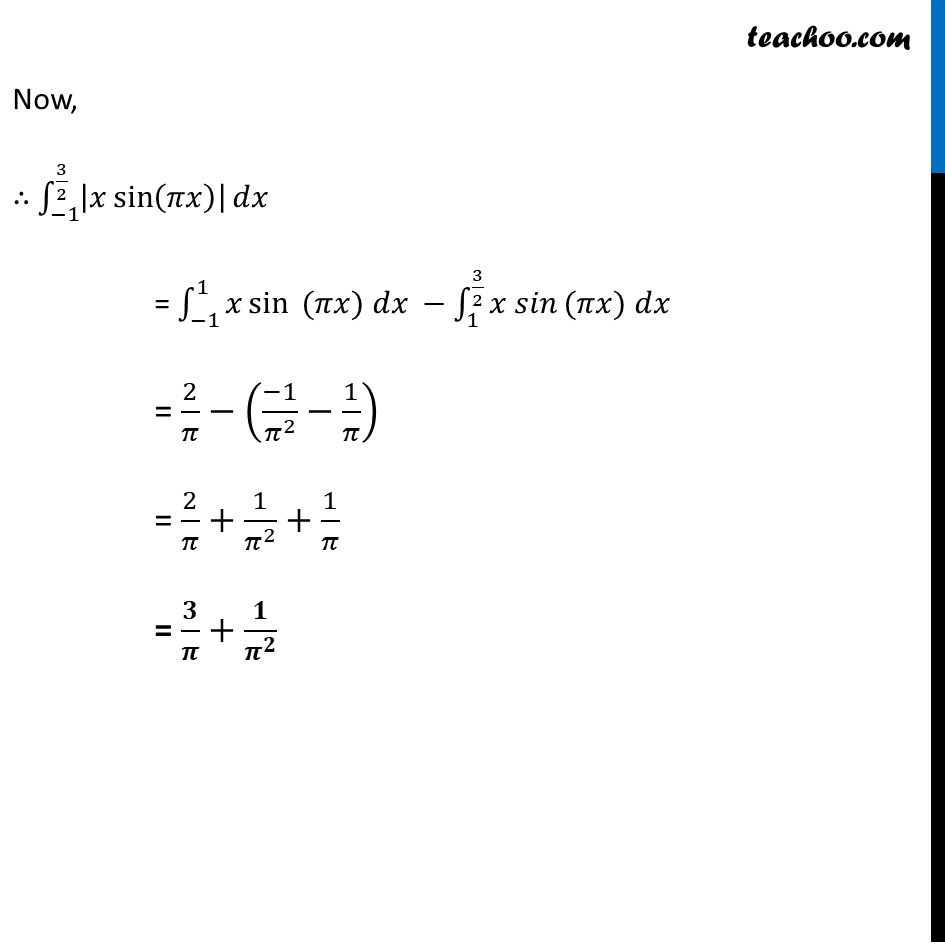
Examples
Example 1 (ii)
Example 1 (iii)
Example 2 (i)
Example 2 (ii)
Example 2 (iii) Important
Example 3 (i)
Example 3 (ii) Important
Example 3 (iii)
Example 4
Example 5 (i)
Example 5 (ii)
Example 5 (iii) Important
Example 5 (iv) Important
Example 6 (i)
Example 6 (ii) Important
Example 6 (iii) Important
Example 7 (i)
Example 7 (ii) Important
Example 7 (iii)
Example 8 (i)
Example 8 (ii) Important
Example 9 (i)
Example 9 (ii) Important
Example 9 (iii) Important
Example 10 (i)
Example 10 (ii) Important
Example 11
Example 12
Example 13 Important
Example 14
Example 15 Important
Example 16 Important
Example 17
Example 18 Important
Example 19
Example 20 Important
Example 21 Important
Example 22 Important
Example 23
Example 24
Example 25 (i)
Example 25 (ii) Important
Example 25 (iii)
Example 25 (iv) Important
Example 26
Example 27
Example 28 Important
Example 29
Example 30
Example 31
Example 32 Important
Example 33 Important
Example 34 Important
Example 35
Example 36 Important
Example 37 Important
Example 38 Important
Example 39 Important
Example 40 Important
Example 41 Important You are here
Example 42 Important
Question 1 Important Deleted for CBSE Board 2024 Exams
Question 2 Deleted for CBSE Board 2024 Exams
Question 3 (Supplementary NCERT) Important Deleted for CBSE Board 2024 Exams
Last updated at April 16, 2024 by Teachoo










Example 41 (Introduction) Evaluate ∫_(−1)^(3/2)▒|𝑥 sin(𝜋 𝑥) | 𝑑𝑥 To find sign of |𝑥 sin(𝜋 𝑥) | in the interval, let us check sign of x and sin〖 (𝜋𝑥) 〗separately 𝑥 > 0 & 𝑥 sin〖 (𝜋𝑥) 〗> 0 𝑥 < 0 & 𝑥 sin〖 (𝜋𝑥) 〗> 0 Sign of x We have Interval −1< 𝑥 < 3/2 Sign of 𝐬𝐢𝐧〖(𝝅𝒙)〗 Here, −1≤𝑥≤3/2 −𝜋 ≤𝜋𝑥≤3𝜋/2 Let 𝜃=𝜋𝑥 ∴ −𝜋 ≤θ≤3𝜋/2 From graph it is seen, Now, Sign for 𝑥 sin(𝜋𝑥) in interval –1 ≤ x ≤ 3/2 is So, we can write |𝑥 𝑠𝑖𝑛 (π𝑥)|={█(𝑥 sin〖 (𝜋𝑥)〗 −1 ≤ 𝑥 ≤ 1@&−𝑥 sin〖 (𝜋𝑥)〗 1 ≤ 𝑥 ≤ 3/2)┤ Example 41 Evaluate ∫_(−1)^(3/2)▒|𝑥 sin(𝜋 𝑥) | 𝑑𝑥 Solving ∫1▒〖𝒙 𝒔𝒊𝒏〖 (𝝅𝒙) 𝒅𝒙〗 〗 separately ∫1▒〖𝑥 sin〖 (𝜋𝑥) 𝑑𝑥〗 〗 = x ∫1▒sin〖(𝜋𝑥)−∫1▒(𝑑(𝑥)/𝑑𝑥 ∫1▒sin〖(𝜋𝑥) 〗 ) 〗 𝑑𝑥 = x ((−cos〖(𝜋𝑥))〗)/𝜋−∫1▒1((−cos〖(𝜋𝑥)〗)/𝜋) 𝑑𝑥 = (− 𝑥 cos〖(𝜋𝑥) 〗)/𝜋+∫1▒cos〖(𝜋𝑥)〗/𝜋 𝑑𝑥 = (−𝑥 cos〖(𝜋𝑥)〗)/𝜋+ sin〖(𝜋𝑥)〗/𝜋^2 ∫_(−𝟏)^𝟏▒〖𝒙 𝐬𝐢𝐧〖𝝅𝒙 𝒅𝒙〗 〗 = [(−𝑥 cos〖(𝜋𝑥)〗)/𝜋+sin〖(𝜋𝑥)〗/𝜋^2 ]_(−1)^1 = ((−1 cos𝜋)/𝜋+sin𝜋/𝜋^2 ) −((−(−1)cos〖(−𝜋)〗)/𝜋+sin〖(−𝜋)〗/𝜋^2 ) = ((−1 × (−1))/𝜋+0/𝜋^2 ) −(cos𝜋/𝜋+〖− sin〗𝜋/𝜋^2 ) = (1/𝜋+0)−((−1)/𝜋+0) = 1/𝜋+1/𝜋 = 2/𝜋 Putting limits ∫_𝟏^(𝟑/𝟐)▒〖𝒙 𝐬𝐢𝐧〖𝝅𝒙 𝒅𝒙〗 〗 = [(−𝑥 cos〖(𝜋𝑥)〗)/𝜋+sin〖(𝜋𝑥)〗/𝜋^2 ]_1^(3/2) = (((−3)/2 cos(3𝜋/2))/𝜋+sin((3𝜋 )/2)/𝜋^2 )−((−1 cos𝜋)/𝜋+sin𝜋/𝜋^2 ) = (0+((−1))/𝜋^2 )−((−1 × −1)/𝜋+0/𝜋^2 ) = (−1)/𝜋^2 −1/𝜋 Now, ∴ ∫_(−1)^(3/2)▒|𝑥 sin(𝜋𝑥) | 𝑑𝑥 = ∫_(−1)^1▒〖𝑥 sin〖 (𝜋𝑥) 𝑑𝑥 −∫_1^(3/2)▒〖𝑥 𝑠𝑖𝑛〗〗 〗(𝜋𝑥) 𝑑𝑥 = 2/𝜋−((−1)/𝜋^2 −1/𝜋) = 2/𝜋+1/𝜋^2 +1/𝜋 = 𝟑/𝝅+𝟏/𝝅^𝟐